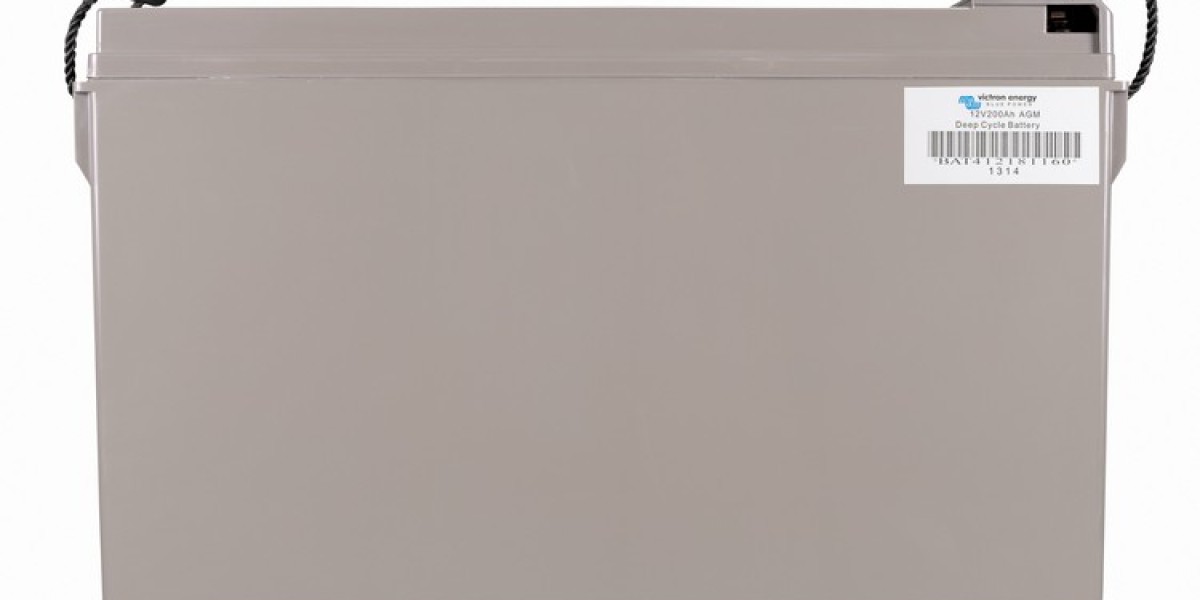Introduction
Deep cycle batteries are known for their durability and long-lasting performance. However, proper maintenance is essential to maximize their lifespan and efficiency. In this blog, we'll discuss practical tips for maintaining your deep cycle battery and ensuring it performs optimally.
Charging Best Practices
- Use the Right Charger: Use a charger designed for your battery type to avoid overcharging or damaging the battery.
- Charge Fully: Fully charge your Deep Cycle Battery whenever possible to prevent sulfation in lead-acid batteries.
- Avoid Overcharging: Monitor charging to prevent overcharging, which can damage the battery.
- Temperature Considerations: Avoid charging your battery in extreme temperatures, as it can affect performance.
Discharging Best Practices
- Avoid Deep Discharge: Try to avoid discharging your battery below 50% capacity, as this can shorten its lifespan.
- Use a Battery Monitor: A monitor can help you keep track of your battery's state of charge and prevent over-discharging.
- Rest Periods: Allow the battery to rest for a few minutes after discharging before charging again.
Storage and Maintenance
- Proper Storage: Store deep cycle batteries in a cool, dry place to prevent damage.
- Regular Inspections: Check your battery for signs of corrosion, leaks, or damage regularly.
- Clean Terminals: Corrosion on terminals can impede performance. Clean them regularly using a mixture of baking soda and water.
- Maintain Water Levels: For lead-acid batteries, check and top off water levels as needed, using distilled water.
Equalization Charging
- What is Equalization Charging?: This is a controlled overcharging process that helps balance the cells in a lead-acid battery.
- When to Equalize: Equalization is recommended every 30 cycles or when the battery shows signs of imbalance.
Safety Precautions
- Wear Protective Gear: When handling deep cycle batteries, wear gloves and safety goggles to protect yourself.
- Avoid Sparks: Keep tools and other metal objects away from the terminals to prevent sparking.
- Ventilation: Ensure your storage area is well-ventilated to avoid the buildup of gases from lead-acid batteries.
Proper maintenance is key to prolonging the lifespan and performance of deep cycle batteries. By following these tips for charging, discharging, storage, and maintenance, you can ensure your deep cycle battery provides reliable and efficient power for years to come. As deep cycle battery technology advances, staying informed on best practices will help you get the most out of your investment.
Get more insights, On Deep Cycle Battery Market



